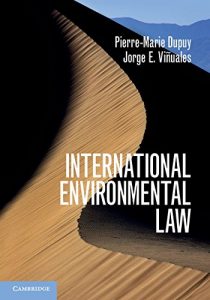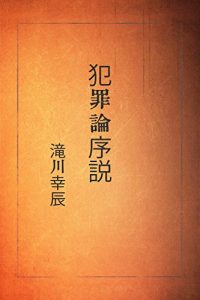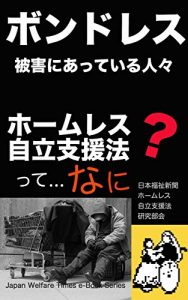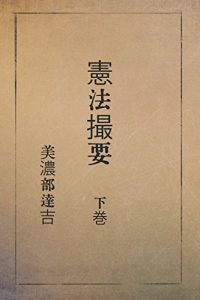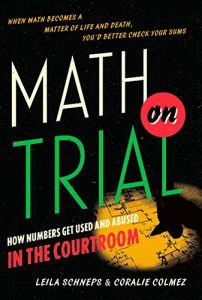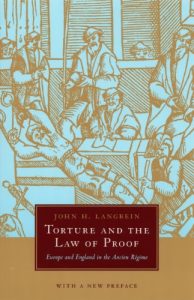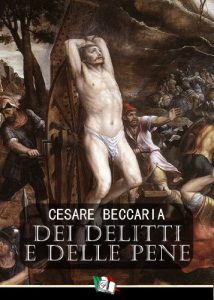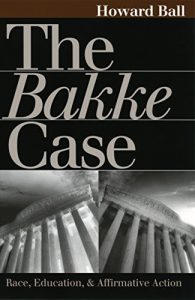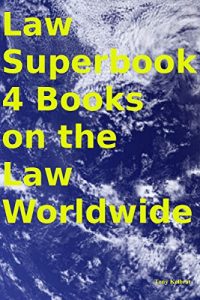I 99eBooks è una directory di eBook. Cerchiamo e classificato intorno alle eBooks Web per te!
Tutti i diritti riservati. I libri e libri elettronici sono di proprietà dei rispettivi proprietari.
Corte costituzionale e giudici nell’Italia repubblicana (Libri del tempo)
Constitutional Court and Judges in Italy
The Constitutional Court and the Judiciary are the two players in the Italian incidental system of constitutional review and they are called upon to work together, each with its own role. In the first forty years of life of the Constitutional Court, from 1956 to 1996, both institutions tried to make their tools work well together. Their relationship has become ever more inextricably linked and, after an initial period of misunderstandings, it first turned into a loyal fellowship and then became a real sharing of the same work with the same objectives. Since the mid 1990s up to now the Constitutional Court and the ordinary judges have never been more united and all the rules that officiate over their relationship have been strengthened. At the turn of the new millennium, however, other factors have come into the picture, like the increasing recourse to the interpretation in conformity with the Constitution on the part of judges and the new European dimension of Italian justice, which could put into question the balance achieved so far.
Index
The choices of the Founding Fathers and their outcome
1. Prologue, p. 3 - 2. The Constitutional Court in the constituent phase, p 5 - 3. The refusal to entrust the Judiciary with the constitutional review, p. 8 - 4. Constitutional Court and judges like brothers separated at birth, p. 20 - 5. The two long-lost brothers have now found each other, p. 25 - 6. The structural and personal link between the Constitutional Court and the Judiciary, p. 30 - 7. Functional interdependence, p. 37 - 8. Fellowship not rivalry, p 39 - 9. Some confirmations, p. 41
The first forty years of the incidental system of constitutional review (1956-1996)
1. The Judiciary and the constitutional review up to 1956, p. 45 - 2. The birth of the Constitutional Court, p. 48 - 3. The interpretation of the law and the interpretation of the Constitution as common ground, p. 50 - 4. Trying over and over again, p. 54 - 5. Whatever works, p. 58 - 6. Doctrine vs. practice, p. 62 - 7. Orchestra rehearsals, p. 66 - a) The effect of constitutional sentences in the proceedings from which the question arose, p. 75 - b) Interpretation of the Constitutional Court or interpretation of the judges?, p. 80 - c) The effects of the sentences of unconstitutionality, p. 89 - d) The Constitutional Court is acknowledged as being 'a judge among judges' and judges are promoted to 'judges of the law', p. 97
From the second half of the 1990s to today
1. It takes two to tango. The Constitutional Court and the Judiciary on the threshold of the new millennium, p. 101 - 2. The Constitutional Court and the Judiciary together in the presence of politics, p. 104 - 3. The Constitutional Court almost always beats the rhythm and leads the tango, p. 109 - a) Traditional and alternative uses of the constitutional sentences on the part of judges, p. 110 - b) Manipulative sentences, p. 114 - c) Interpretative sentences and the like, p. 116 - 4. An open ending, p. 127 - a) Contradictory signals, p. 127 - b) The European dimension of Italian constitutional justice p.132
The Constitutional Court and the Judiciary are the two players in the Italian incidental system of constitutional review and they are called upon to work together, each with its own role. In the first forty years of life of the Constitutional Court, from 1956 to 1996, both institutions tried to make their tools work well together. Their relationship has become ever more inextricably linked and, after an initial period of misunderstandings, it first turned into a loyal fellowship and then became a real sharing of the same work with the same objectives. Since the mid 1990s up to now the Constitutional Court and the ordinary judges have never been more united and all the rules that officiate over their relationship have been strengthened. At the turn of the new millennium, however, other factors have come into the picture, like the increasing recourse to the interpretation in conformity with the Constitution on the part of judges and the new European dimension of Italian justice, which could put into question the balance achieved so far.
Index
The choices of the Founding Fathers and their outcome
1. Prologue, p. 3 - 2. The Constitutional Court in the constituent phase, p 5 - 3. The refusal to entrust the Judiciary with the constitutional review, p. 8 - 4. Constitutional Court and judges like brothers separated at birth, p. 20 - 5. The two long-lost brothers have now found each other, p. 25 - 6. The structural and personal link between the Constitutional Court and the Judiciary, p. 30 - 7. Functional interdependence, p. 37 - 8. Fellowship not rivalry, p 39 - 9. Some confirmations, p. 41
The first forty years of the incidental system of constitutional review (1956-1996)
1. The Judiciary and the constitutional review up to 1956, p. 45 - 2. The birth of the Constitutional Court, p. 48 - 3. The interpretation of the law and the interpretation of the Constitution as common ground, p. 50 - 4. Trying over and over again, p. 54 - 5. Whatever works, p. 58 - 6. Doctrine vs. practice, p. 62 - 7. Orchestra rehearsals, p. 66 - a) The effect of constitutional sentences in the proceedings from which the question arose, p. 75 - b) Interpretation of the Constitutional Court or interpretation of the judges?, p. 80 - c) The effects of the sentences of unconstitutionality, p. 89 - d) The Constitutional Court is acknowledged as being 'a judge among judges' and judges are promoted to 'judges of the law', p. 97
From the second half of the 1990s to today
1. It takes two to tango. The Constitutional Court and the Judiciary on the threshold of the new millennium, p. 101 - 2. The Constitutional Court and the Judiciary together in the presence of politics, p. 104 - 3. The Constitutional Court almost always beats the rhythm and leads the tango, p. 109 - a) Traditional and alternative uses of the constitutional sentences on the part of judges, p. 110 - b) Manipulative sentences, p. 114 - c) Interpretative sentences and the like, p. 116 - 4. An open ending, p. 127 - a) Contradictory signals, p. 127 - b) The European dimension of Italian constitutional justice p.132


